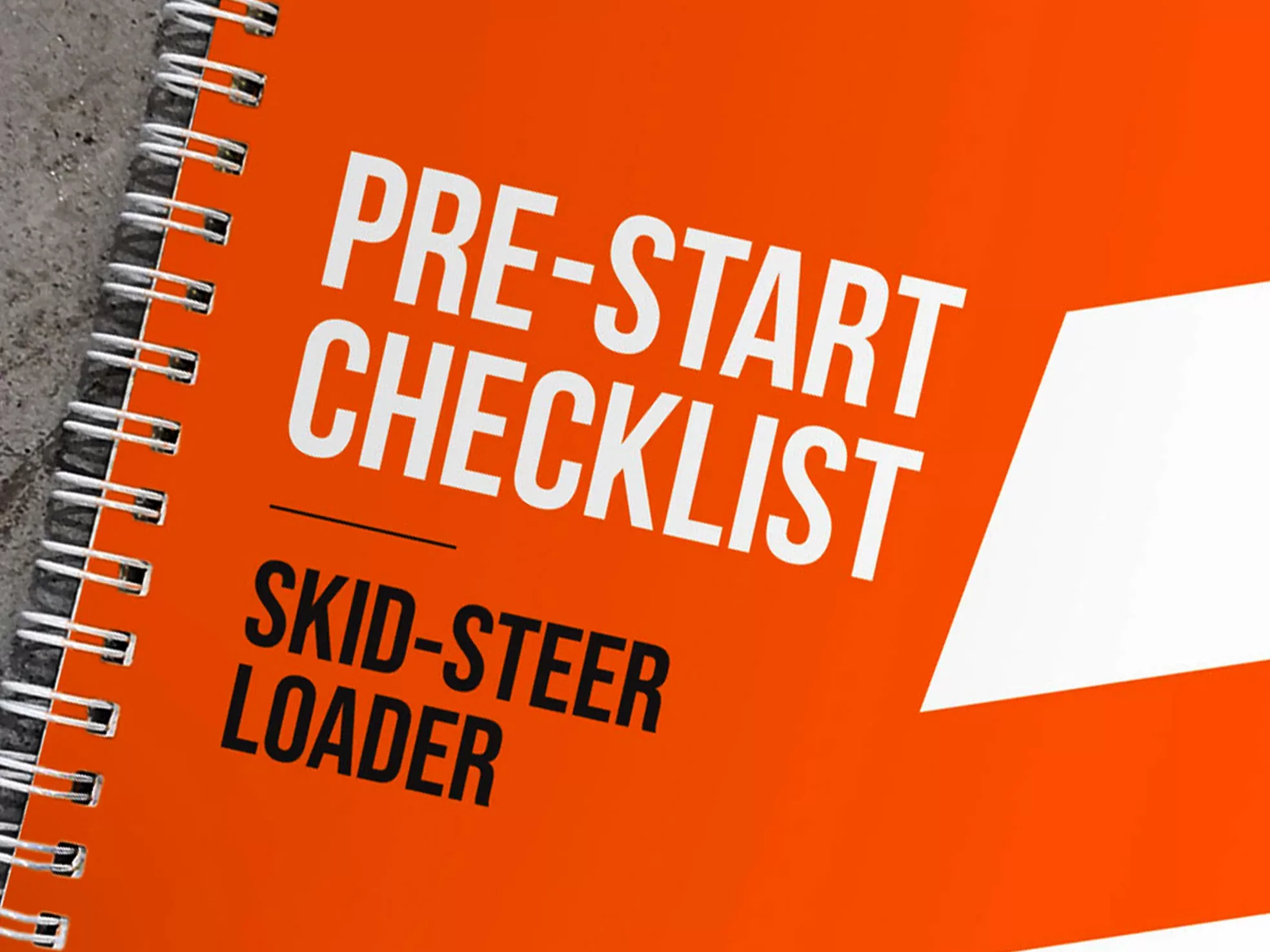I’ve been designing all sorts of forms and checklists for years now. Initially, the books I made were always customised and ordered in bulk by larger companies such as mine sites and refineries. As legislation changed, smaller companies and contractors now had to have a Safety Management System with their own risk assessment books, permits, and policies.
The introduction of the generic book
Most times, small business owners couldn’t justify ordering a standard custom book order (usually a minimum of 500 books). To help these clients I created the first of many generic safety checklist books.
Book printing is a numbers game where the initial setup costs are typically the same, whether you print 20 books or 20000. So, I would order thousands of generic books at once and then pass on the cheaper printing and shipping rates to my customers.
As the years have passed, I’ve noticed how these generic products became problematic and unsafe in some cases.

The pros and cons of generic checklists

Are custom checklists the answer?
Well, yes. A custom checklist is designed for your specific needs and it aligns with your equipment and processes. But more importantly, the books can include input from the people who have to use them; thus giving a sense of ownership and much better ‘buy-in’ from the users.
What about costs?
If you only need a small number of books, or you need to test the idea out first, then go ahead and use the ever-growing list of generic versions on this website. If something you need isn’t there contact me and I’ll see if I can dig something up for you.
If you do need a small order of custom books, get in touch with me because depending on what you need I can print smaller book orders at a much better price by using good design and minimising waste.
What about digital checklists?
Digital products such as an interactive PDF to full fledged apps are getting better all the time and this space is definitely worth watching. The apps currently available are great in theory, but they are still a bit clunky both to use and when generating usable reports.
Electronic signature technology is growing and will probably soon be recognised as an equal to a signature on a piece of paper; however, some legislation still has to catch up.
Digital technology still requires infrastructure such as a consistent 4G/WiFi connection and some sites have a “no phone or camera” policy.

